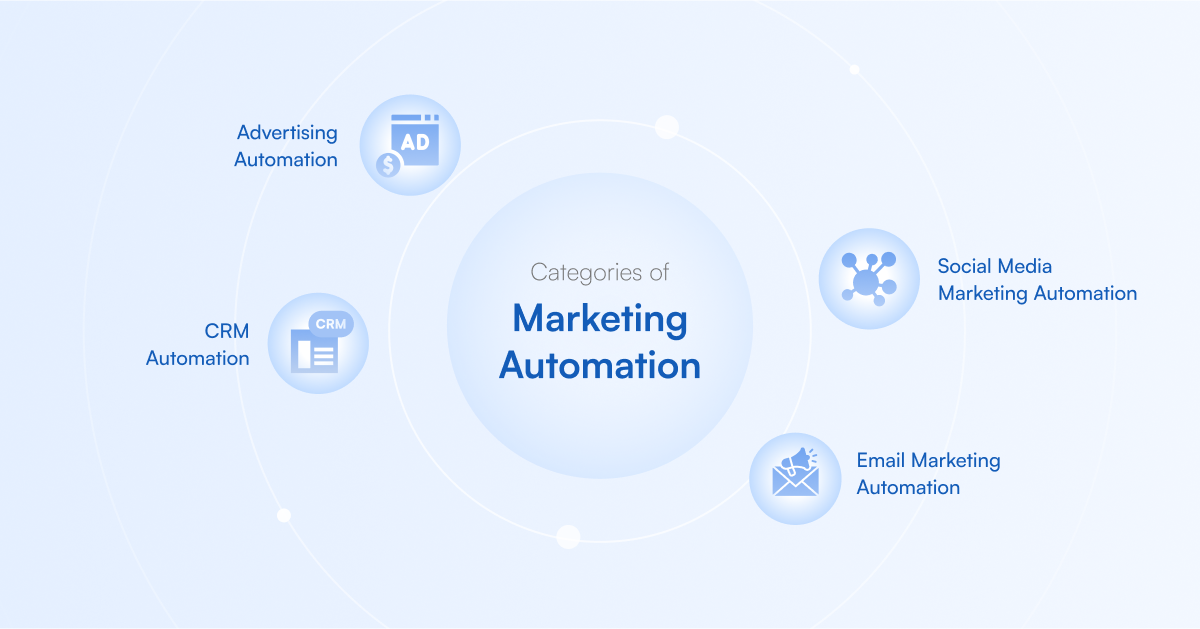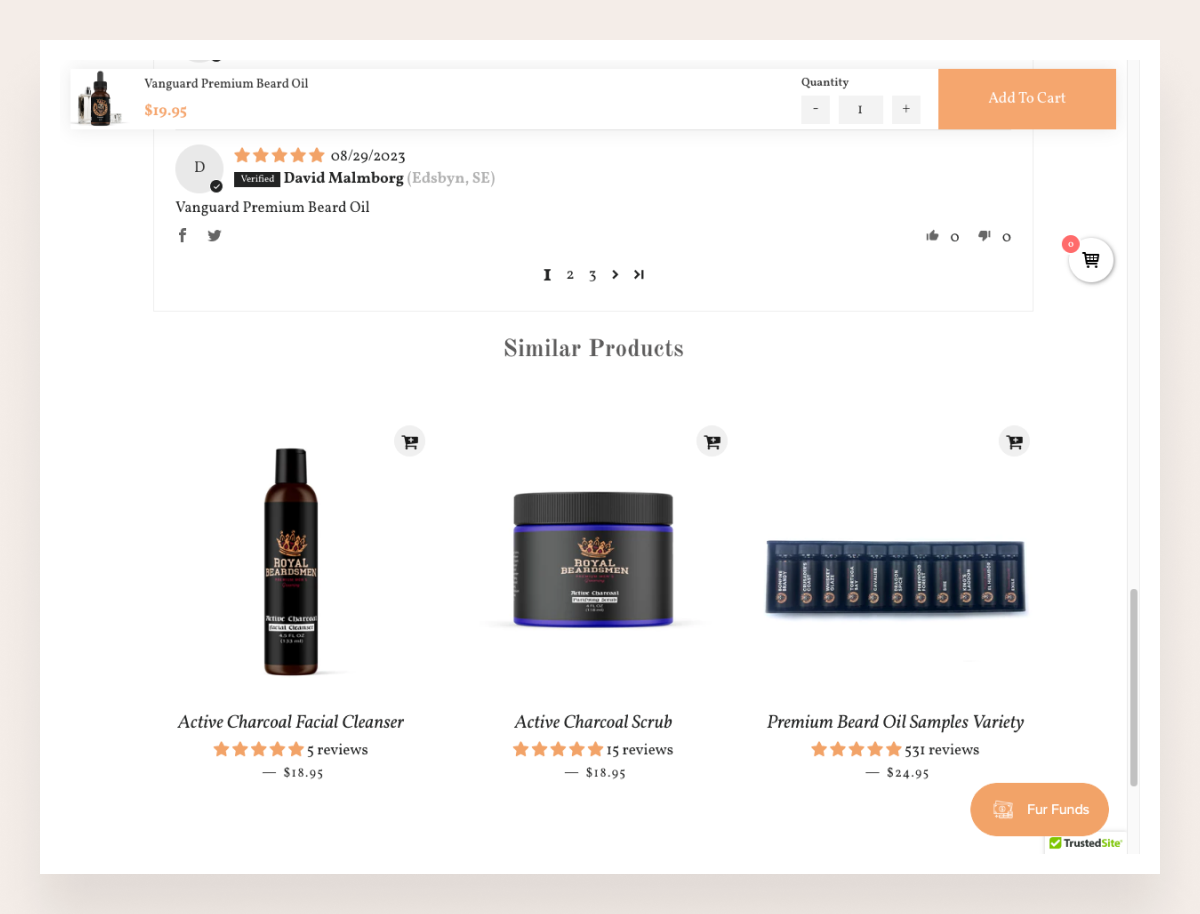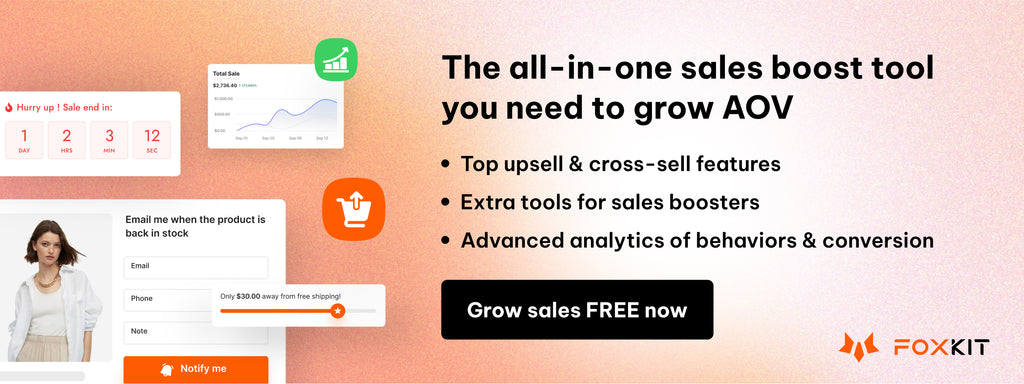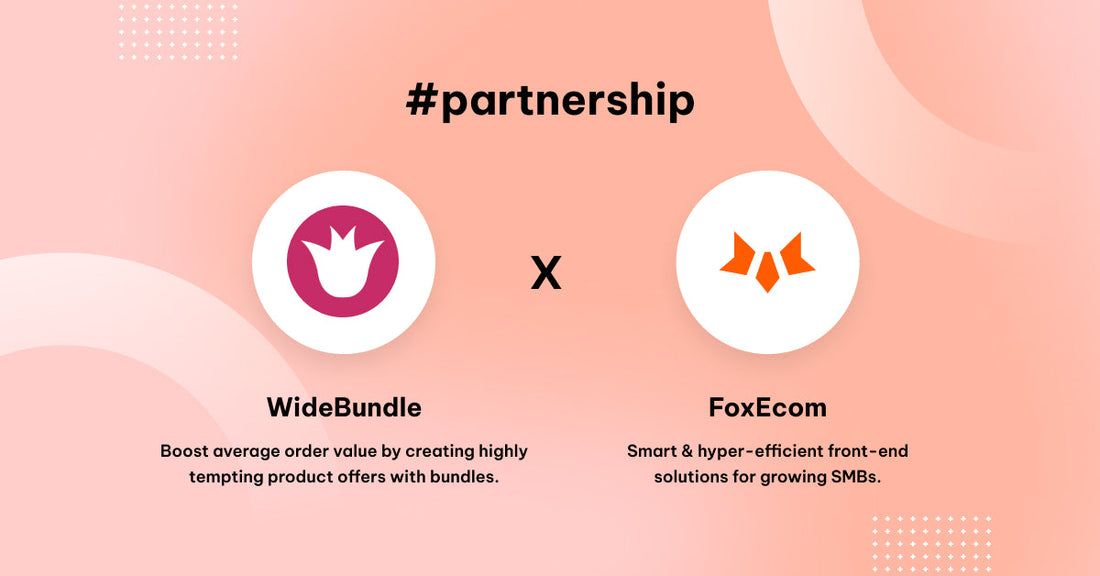Adaptability and creativity are critical for success in the ever-changing field of marketing. Businesses need to come up with fresh ideas to stand out from the crowd in this digital age when information is shared instantly. That is where innovative marketing automation strategies come into play, making the complex seem simple and the overwhelming feel manageable.
Today, we are here to unveil 8 ingenious marketing automation strategies that have not only redefined marketing but have made it effortless and allowed businesses to navigate the digital terrain with finesse and attain unparalleled success. So, let us dive into these strategies and discover how they have simplified the intricate marketing world.
What Is Marketing Automation?
Marketing automation involves using software and technology to streamline, automate, and measure marketing tasks and workflows, enabling businesses to execute tasks more efficiently and have greater precision.
Automation is employed to automate activities like email marketing, lead nurturing, customer segmentation, and marketing campaign management, helping companies enhance their marketing efforts and engage with their audience in a more personalized and effective manner.
Marketing automation not only saves time and reduces manual effort but also contributes to improved customer relationship management, lead generation, and overall business growth.
Categories of Marketing Automation
Marketing automation manifests in various forms. Now, let us delve into the diverse automation types.

1. Email Marketing Automation:
Email marketing automation is a crucial part of any marketing strategy due to the sheer volume of emails marketers need to send. Manually sending individual emails is incredibly time-consuming and prone to errors. This is where automation helps solve major pain points.
Key aspects of Email Marketing Automation include:
- Personalized Email Sequences: Creating automated email sequences based on subscriber behavior and preferences.
- List Segmentation: Dividing your email list into segments for targeted communication.
- Automated Delivery: Scheduling and automating email sends based on specific triggers or times.
- Performance Tracking: Analyzing email campaign performance and adjusting strategies for better results.
2. Social Media Marketing Automation
The need for automation in social media marketing stems from the vast amount of time it takes to manually post, engage, and analyze performance across multiple networks. With automation, you can streamline repetitive tasks and scale your efforts.
Key aspects of Social Media Marketing Automation include:
- Scheduling: Manually posting at optimal times across Facebook, Twitter, LinkedIn etc. is near impossible. Automation allows batch scheduling months of updates at once.
- Engagement: Liking, commenting, sharing relevant content takes a huge time investment. Automation tools can engage authentically on your behalf.
- Listening: It's difficult to manually monitor all mentions, hashtags and conversations. Automation simplifies social listening and alerts you to opportunities.
- Reporting: Tracking metrics, ROI and content analytics across networks is onerous without automation. It provides consolidated reporting.
3. Advertising Automation
Managing the intricate dance of advertising data, bids, and creative elements manually might be overwhelming. That's where advertising automation steps in, offering a streamlined approach to tackle challenges like real-time adjustments, audience targeting, and budget optimization.
Key aspects of Advertising Automation include:
- Bidding: It's impossible to manually adjust hundreds of ad bids per hour across search, social, and display networks based on goals. Automation optimizes in real-time.
- Audience targeting: Segmenting and targeting the right prospects manually at scale is difficult. Automation leverages data to precisely reach your ideal customers.
- Creative testing: A/B/n testing multiple ad creatives and landing pages requires automation to identify the highest-converting versions.
- Budget allocation: Dynamically allocating budgets across channels/keywords/locations based on predefined KPIs ensures funds are working hardest.
4. CRM Automation:
CRM (Customer Relationship Management) systems are crucial for tracking interactions across departments. The need for CRM automation comes from disparate data sources that must be consolidated into a single system of record. Manually syncing and routing this information is untenable at scale.
Key aspects of CRM Automation include:
- Customer Lifecycle Marketing: Orchestrating targeted communications and campaigns tailored to where contacts are in their lifecycle/journey with your company.
- Customer Service Automation: Routing service inquiries like support cases or payments seamlessly to the right teams via automated CRM workflows.
Revolutionizing Sales with Marketing Automation Strategies
eCommerce marketing automation is a powerful tool that help streamline your marketing efforts and drive sales. Here are five marketing automation ideas for Shopify and e-commerce:
1. Abandoned Cart Recovery
Abandoned carts represent huge missed revenue opportunities of $18 billion annually for eCommerce businesses. eCommerce marketing automation helps curb this issue through targeted recovery campaigns.
Configure auto-responding emails to remind clients who have left their carts empty to finish their purchases. You can send well-timed reminders with personalized product recommendations or incentives, like discounts or free shipping, to entice them back to your store.
Take Alex Mill as an eCommerce marketing automation example, the brand’s abandoned cart email is sent automatically within the same day. Once recipients open the email, they will see the items that they left behind with a 15% discount, which will incentivize them to make a purchase.

Source: Alex Mill
2. Customer Segmentation and Personalization
With 77% of shoppers have chosen, recommended, or paid more for a brand that provides personalized experience, leveraging customer data to deliver personalized experiences at scale is a must today. It drives strong relationships and boosts sales for eCommerce business.
Segment your audience according to their browsing and purchasing history by using customer data. Create personalized email campaigns and product recommendations to cater to each segment's preferences and behavior. Increased conversion rates may result in content personalization.
3. Product Recommendations
On eCommerce sites, related products dynamically appear based on a customer's browsing behavior and past purchases. Automation ensures recommendations continuously refine as customers' interests evolve over time.
Implement product recommendation algorithms to suggest related or complementary products based on a customer's purchase history and browsing behavior. These recommendations will show on your website, in emails, and during the checkout process, increasing the average order value (as reported by 54% of eCommerce retailers).
An inspired marketing automation example comes from Royal Beardsmen. Its online store has a section “Similar Products” that suggest various product lines to encourage shoppers to explore more about the brand.

Source: Royal Beardsmen
4. Win-Back Campaigns
Lapsed customers remain a valuable untapped market for many businesses. eCommerce marketing automation win-back campaigns effectively re-engage past customers who haven't made a purchase within the last 6-12 months with an average conversion rate of 10.34%.
Trigger-based automated communications include time-sensitive, personalized discount offers to welcome customers back. Messaging references their previous purchase history to build relevance. Offer incentives, such as exclusive discounts or loyalty rewards, to encourage them to return and continue purchasing.
5. Post-Purchase Follow-ups
Since a 5% increase in retention rate can lead to a 25-95% increase in profits, relevant post-purchase follow-up is crucial for customer satisfaction yet difficult to manage manually at scale. This is where automation comes in to reduce the workload.
Automate post-purchase email sequences to enhance customer loyalty and gather feedback. Send thank-you emails, request reviews, and offer helpful details on the things you've bought. You can also cross-sell or upsell to existing customers based on their previous purchases.
6. Loyalty Programs
According to Bain & Company, loyalty programs are proven to boost customer retention and lifetime value when automated. eCommerce marketing automation enables powerful implementation capabilities.
Implement automated loyalty programs that reward customers for repeat purchases and referrals. Send automated emails to update customers on their loyalty program status, offer exclusive promotions, and encourage them to refer friends and family.
Let’s take a marketing automation example from GEM, a nutritional food and essentials brand. It has a loyalty program called GEM Bite Club. It’s a tiered referral system with lots of benefits including new products early, special events, surprise gifts, and more. This loyalty program allows GEM to foster relationships as well as reach more potential customers.

Source: GEM
7. Social Media Automation
By 2030, social commerce is expected to reach $6.2 trillion in revenue. Social media expands a brand's reach but manual management cannot optimize engagement. It’s a waste of time to post, engage, and track one content at a time.
Instead, you can use marketing automation tools to schedule and post content on your social media platforms. Share product updates, promotions, and engaging content regularly to maintain an active online presence and engage with your audience.
Some of the most popular social media management tools are Buffer, Hootsuite, SocialPilot, Loomly, etc.
8. Event-Based Automation
Life events like birthdays, anniversaries, or milestones present opportunities to meaningfully engage customers. The mystery birthday offers in email can lead to a 502% increase in revenue for the eCommerce brand.
Also, seasonal and cultural events likewise present opportunities to automatically promote relevant offers and content. Even though the process of following up with these events might be hard, it’s made easy with eCommerce marketing automation.
Set up triggers and automation for these kinds of events. Send personalized emails or offers to celebrate these occasions, fostering a stronger customer relationship.
Leverage These Marketing Automation Strategies for Success
The journey through the realm of eCommerce marketing automation has unveiled 8 innovative marketing automation strategies that hold the key to unparalleled success. These strategies have not only simplified the intricate world of marketing but have also redefined how businesses engage with their audience, nurture leads, and drive growth.
By harnessing the power of marketing automation ideas, tools, workflow automation, and CRM integrations, businesses can navigate the dynamic landscape of digital marketing with finesse. Success in the digital age is not just a destination but an ongoing journey, and these strategies serve as a roadmap to sustainable growth and enhanced customer relationships.
So, go forth, explore, and implement these innovative techniques, and watch as your business thrives in the ever-evolving marketing world.





